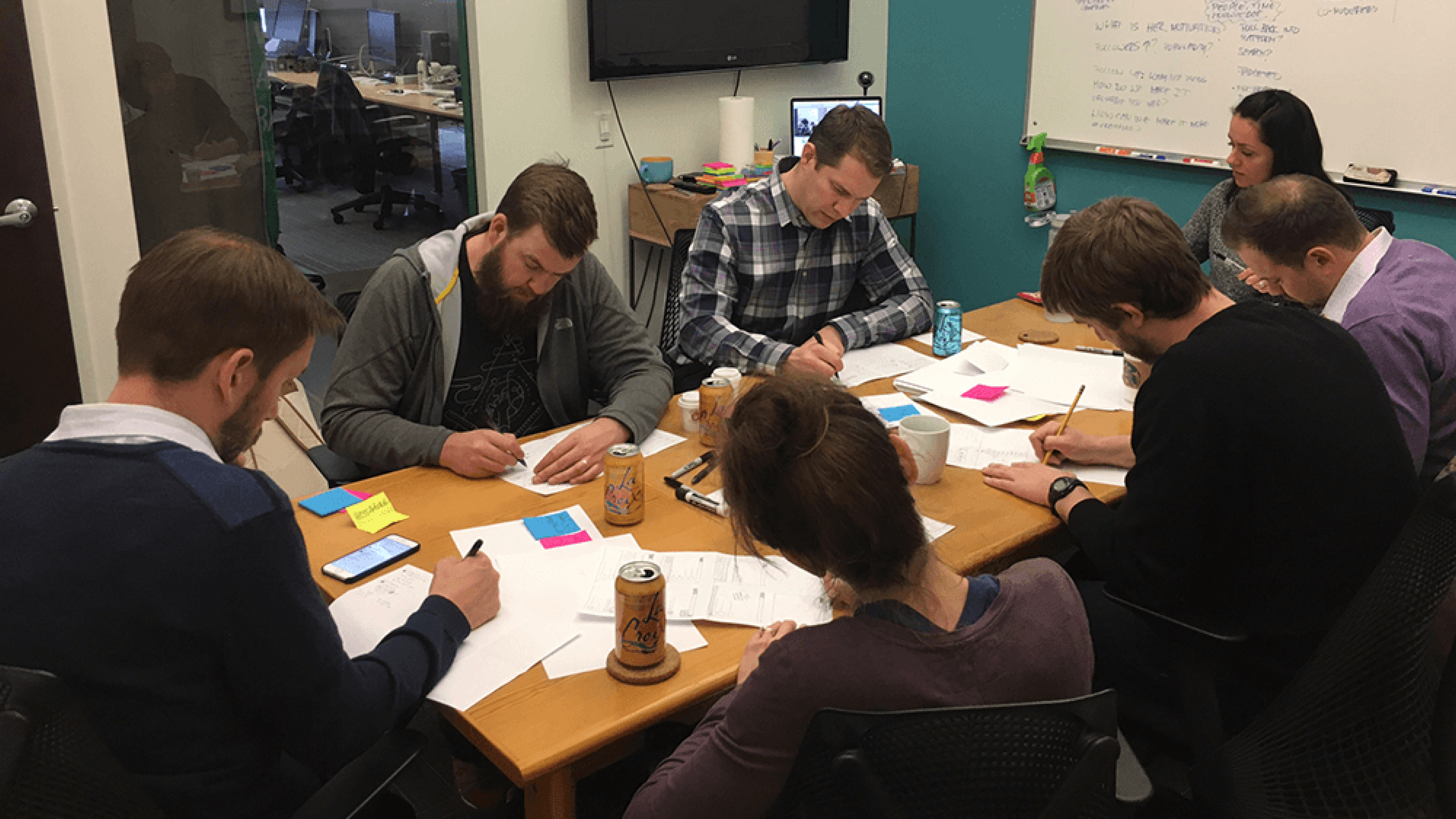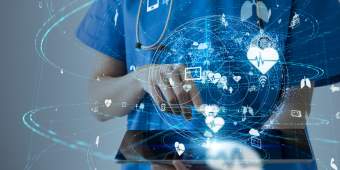We know what user research is and why it has value. The next step is learning how to conduct user research in cost-effective way that still delivers maximum impact. A sprint is a user research methodology that allows you to gain insights on a target audience in just one week. The user research process works in any industry and for companies of any size, and it’s repeatable — if you need more insight or help understanding another group, the same process can be used each time.
A sprint is a great way to incorporate user experience research techniques into your project before you start to build, so that the outcomes fuel decisions that help a product best meet customer needs. It can also be inserted at into any stage in agile design and development as a user research process at any point when you need to learn more about your customer’s needs before proceeding. Whenever you choose to do it, a user research sprint is meant to save you from having to make changes later in the development process, when it’s too expensive or too late.
Learn why doing user research at the start improves your products
How to conduct user research in five days
A user research sprint will teach you how to:
- Agree to a goal
- Practice active listening
- Make sense of spreadsheets and stickies
- Trust your gut
| Day 1 | Days 2 & 3 | Day 4 | Day 5 |
| Understand goals Create interview or testing criteria Set up testing environment |
Conduct interviews and / or testing Capture observations |
Synthesize observations Analyze findings |
Make recommendations |
Roles
Researcher: Person who is planning, performing and analyzing the research
Observer: Person who is co-planning, taking notes and analyzing the research
Coordinator: Person who is recruiting and scheduling the participating users
Having two to three people participating in the user experience research methodology brings in more perspectives and gives you people to cross-check observations with, both of which will generate better insights. It also allows you to get the job done faster — one person can run this process, but it will take an extra week. Going through a research sprint is like going on a treasure hunt: you know the treasure is there somewhere, but you don’t know where to find it yet. It’s equal amounts exhilarating and frustrating. You want user experience researchers who are investigators and hunters, puzzle breakers and dot connectors. It’s intuition blended with a methodology that will produce needed results. Trusting the process plus having the right folks will provide an infinite amount of insights fueling the next steps.
Day 1: Define the problem and design your user research
Kick off the research sprint with one to three vital stakeholders and learn what they envision the outcome of the UX research process to be. The stakeholders should include people who can provide clarity on business goals, what they are trying to reach and what they are looking to gain out of the user research method. Learning about the expectations will help you select the types of user research to use during the week and write the user research questions. The goals typically fall someplace on the spectrum from learning about base behaviors around perceived pain points of someone’s life to learning about shortcomings of existing solutions. On this day you focus on finding out what you need to learn.
Some questions user experience research design can answer:
- Why there are drop-offs on specific features
- What a day in the life of a particular target audience looks like under a specific context
- What pain points are experienced by a target audience in the context of a certain task
- How well an existing solution meets a target audience’s need
- What works well and what shortcomings competitor products have
- How well the target audience perceives the brand
To understand their goals, here are two example questions to jump-start the conversation with stakeholders:
- What outcomes do you expect from the research?
- What are you hoping to learn from the research?
“But what if I don’t know what I’m looking for?” Make sure you pick a single goal — without a defined north star, the research will be unfocused and your results muddy and non-actionable.





